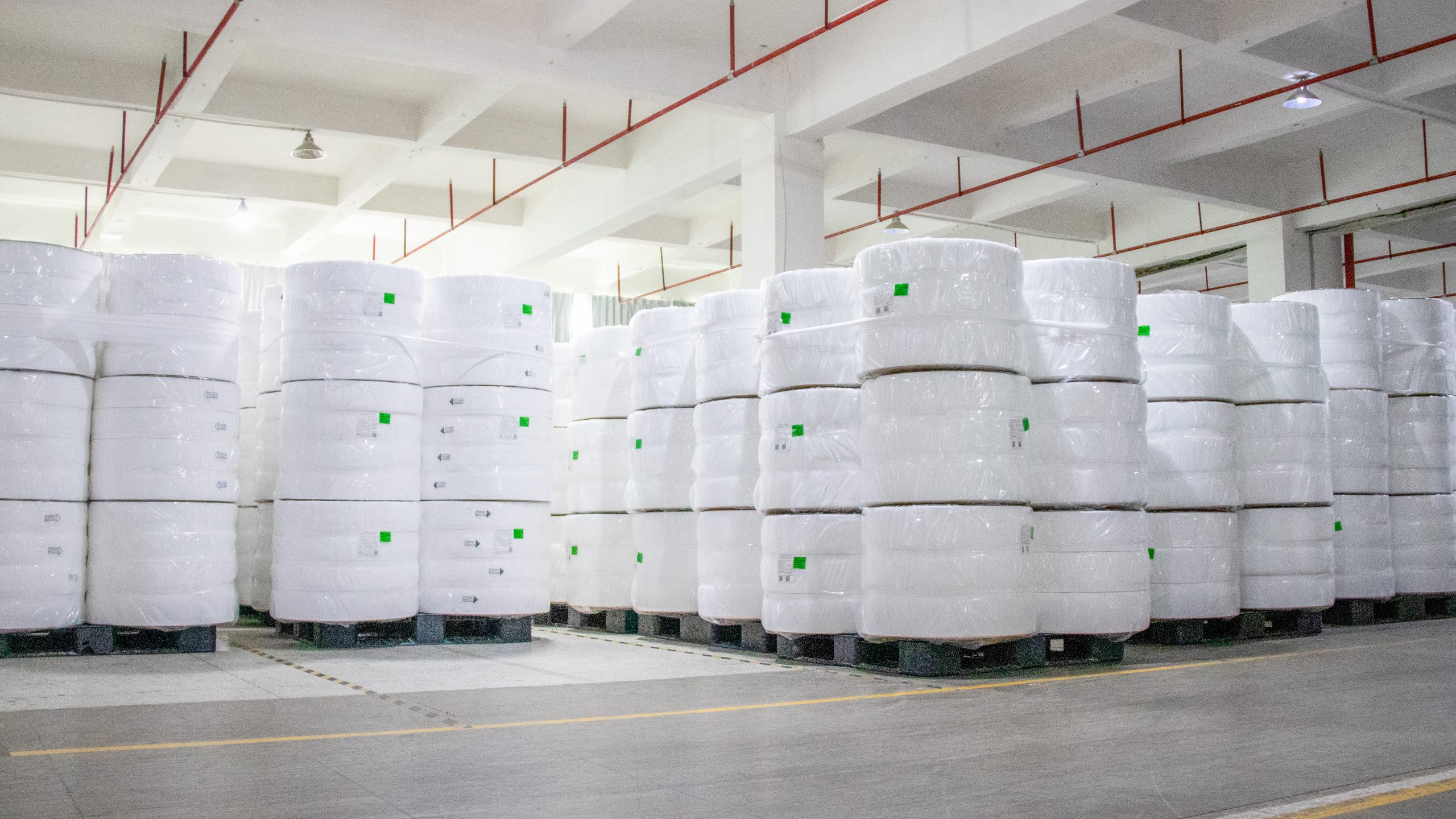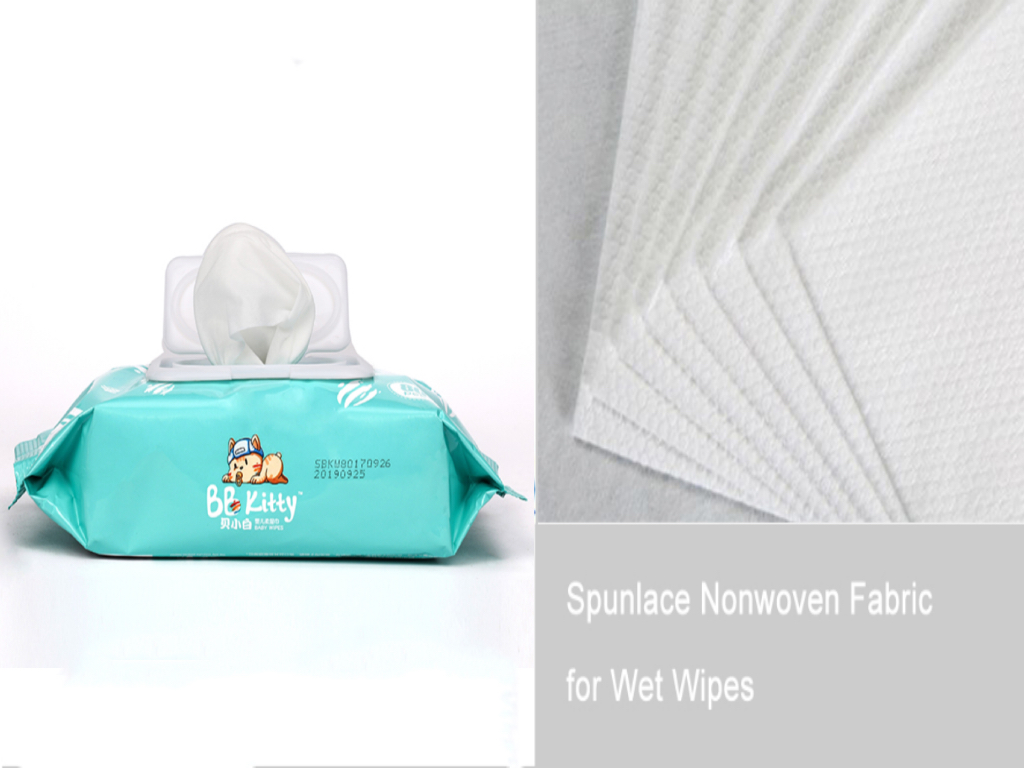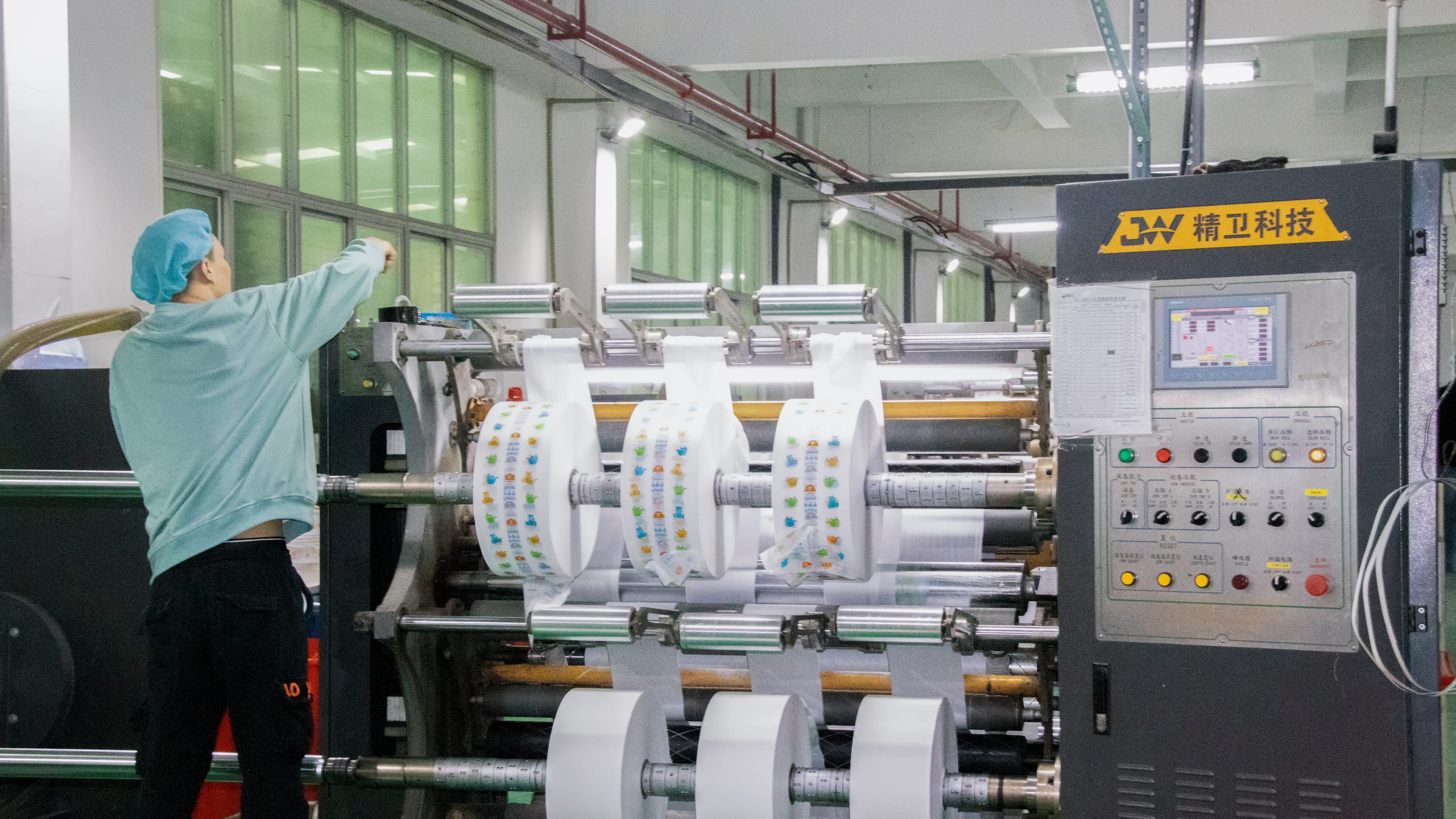What is the Difference Between Woven and Non - Woven Fabric?
Date: 2025-02-20 Categories: Company New、Industry News、News Views: 3198
Manufacturing Process
Woven Fabric
Fabric is produced through the intertwining of two groups of yarns, positioned perpendicularly to one another. The yarn that runs horizontally is known as the weft, while the yarn that stands vertically is referred to as the warp. This craft is commonly executed on a device known as a loom. The art of weaving enables the creation of an extensive range of designs and textures. A plain weave, for instance, is the most basic style, where the weft and warp yarns simply pass over and under each other in sequence. Additionally, there are intricate weaving methods such as twill and satin. Woven materials are renowned for their robustness and longevity, a result of the yarns' close and secure interlocking.

Non - Woven Fabric
Non - woven fabric, on the other hand, is made without the traditional weaving or knitting process. Instead, fibers are bonded together. These fibers can be natural, such as cotton or wood pulp, or synthetic, like polyester or polypropylene. There are several methods to bond the fibers. One common way is thermal bonding, where heat is applied to melt and fuse the fibers together. Another method is chemical bonding, using adhesives to hold the fibers in place. Mechanical bonding, like needle punching, involves punching needles through a layer of fibers to entangle them. This unique manufacturing process gives non - woven fabrics their own set of characteristics. [Insert an image showing the non - woven fabric manufacturing process, like thermal bonding.
Physical Properties
Strength and Durability
Woven fabrics generally have high tensile strength. The interlacing of yarns makes them resistant to tearing in different directions. They can withstand a lot of stress and are often used in applications where durability is crucial, such as in upholstery for furniture or in heavy - duty workwear. However, non - woven fabrics can also be made to be strong. For example, non - woven fabrics used in industrial applications, like geotextiles, are engineered to be very durable. But in general, non - woven fabrics might not have the same level of strength as woven fabrics in terms of withstanding continuous, high - stress forces.
Breathability
Non - woven fabrics are often more breathable than woven fabrics. The way the fibers are bonded in non - woven fabrics creates small pores that allow air to circulate more freely. This makes non - woven fabrics a great choice for applications where breathability is important, such as in medical gowns or some types of outdoor clothing. Woven fabrics can also be breathable, but it depends more on the type of yarn used and the tightness of the weave. A very tight - weave fabric may not be as breathable as a non - woven fabric with a similar weight.
Absorbency
Non - woven fabrics can be highly absorbent, especially when made from natural fibers like cotton or wood pulp. This property makes them ideal for use in the hygiene industry. For instance, in diapers, the absorbent core often contains non - woven materials that can quickly soak up urine. Woven fabrics, depending on the fiber type, can also be absorbent, but non - woven fabrics can be engineered to have a higher absorbency capacity in a more lightweight form. [Insert an image comparing the absorbency of a non - woven and a woven fabric, like a non - woven diaper liner and a woven cotton cloth.
Applications
Hygiene Industry
Diapers
In the hygiene industry, both woven and non - woven fabrics play important roles, but in different ways. In diapers, the outer layer, which is often called the backsheet, is typically made of a non - woven fabric. This non - woven fabric is treated to be waterproof or water - resistant to prevent leakage. At Quanzhou Sk Care Co., Ltd, a leading nonwoven factory, we produce high - quality non - woven backsheets for diapers. The inner layer, which is in contact with the baby's skin, is also made of non - woven fabric. This layer is designed to be soft and highly absorbent. Woven fabrics are not commonly used in the main structure of diapers, but they might be used in some decorative elements or as part of the fastening system. [Insert an image of a diaper with labeled parts showing non - woven fabric usage.
Feminine Hygiene Products
Feminine hygiene products also rely on non - woven fabrics. Pads have a backsheet made of non - woven fabric that is waterproof to prevent leakage. The topsheet, which touches the skin, is a soft, absorbent non - woven fabric. Tampons use non - woven fibers in their construction to be highly absorbent. Woven fabrics are rarely used in these products, as non - woven fabrics can better meet the requirements of softness, absorbency, and waterproofing in this context. [An image of feminine hygiene products with non - woven fabric components can be inserted here.
Wipes
Wipes, whether for baby care, personal hygiene, or disinfecting, are made from non - woven fabrics. The non - woven fabric provides a good base for holding the liquid solution used in the wipes. It can be designed to be soft and gentle on the skin while still being strong enough to withstand the wiping action. Woven fabrics are not suitable for wipes as they do not have the same ability to hold liquid and conform to the skin as effectively as non - woven fabrics.

Other Industries
Medical and Healthcare
In the medical and healthcare field, non - woven fabrics are widely used. Surgical gowns are often made of non - woven materials because they can be made to be breathable, waterproof in critical areas, and can be easily sterilized. Woven fabrics are also used, but non - woven fabrics have the advantage of being able to be customized more easily for specific medical needs. For example, non - woven surgical drapes can be designed to have antimicrobial properties.
Automotive
In the automotive industry, both woven and non - woven fabrics are used. Woven fabrics are often used for seat covers as they can provide a more luxurious look and feel. Non - woven fabrics, on the other hand, are used in areas like interior insulation and air filtration systems. Non - woven air filters can effectively trap dust and particles, improving the air quality inside the vehicle. [Insert an image of a car interior showing non - woven and woven fabric applications.
Packaging
Non - woven fabrics are increasingly used in packaging. They can be used to wrap delicate items, providing cushioning and protection. Non - woven bags are also popular as they are reusable and can be printed with logos for marketing purposes. Woven fabrics are used in some high - end packaging, but non - woven fabrics are more common for their cost - effectiveness and versatility. [An image of non - woven packaging materials can be added.

The Role of Nonwoven Factories
Nonwoven factories like Quanzhou Sk Care Co., Ltd are essential in the production of non - woven fabrics. These factories invest in advanced machinery and technology to produce high - quality non - woven fabrics. They have the expertise to select the right fibers, choose the appropriate bonding method, and control the manufacturing process to create non - woven fabrics with specific properties. Whether it's developing a new non - woven fabric for a particular application in the hygiene industry or improving the existing products, nonwoven factories play a crucial role in meeting the demands of various industries.
Conclusion
In conclusion, woven and non - woven fabrics have distinct differences in their manufacturing processes, physical properties, and applications. Non - woven fabrics, with their unique ability to be customized for specific needs, have found a wide range of applications, especially in the hygiene industry. The work of nonwoven factories in producing these fabrics has contributed to their growing popularity. If you're in the market for non - woven fabrics, whether for industrial, medical, or hygiene applications, visit https://diapersfactory.com/care to explore the high - quality non - woven fabric products available.














